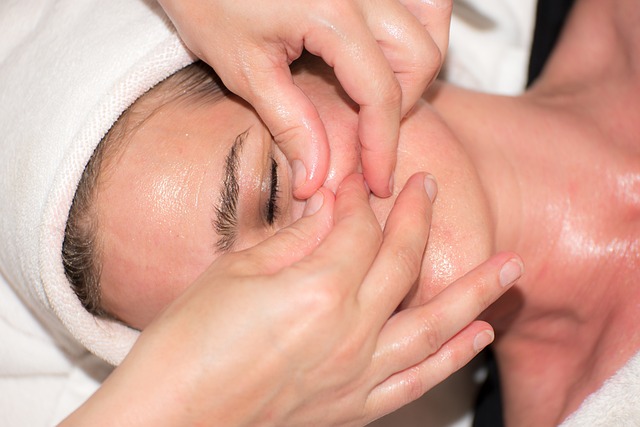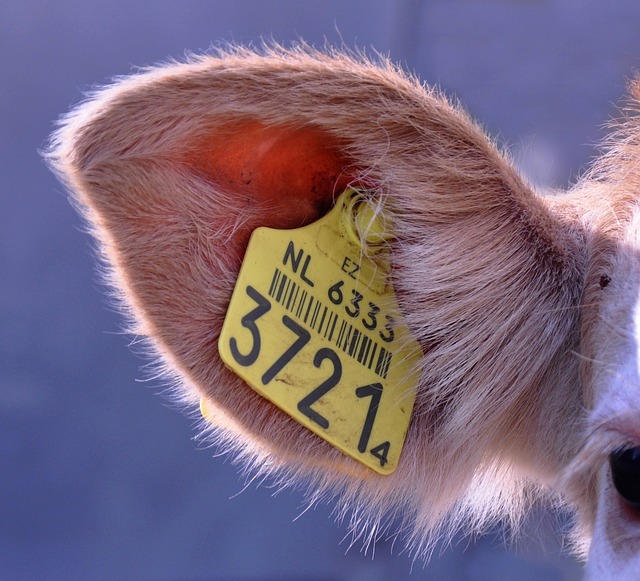Bristol Tag Removal offers professional skin tag removal services tailored to individual needs, ensuring both safety and effectiveness. The clinic provides a range of treatments, including personalized care for the successful elimination of skin tags. For those inclined towards natural remedies, apple cider vinegar (ACV) is often cited as an alternative home treatment due to its acetic acid content, which can promote tissue decomposition. This involves applying diluted ACV to the skin tag and allowing it to gradually dissolve, though this method requires patience and consistency. It's important for individuals to consult with healthcare professionals before starting any ACV treatment to ensure suitability and avoid potential risks like irritation or infection. While some advocate for ACV as a safe and efficacious home remedy, dermatologists caution against it due to the lack of extensive clinical research and the risk of complications. They recommend considering more conventional medical treatments such as cryotherapy, electrocautery, or surgical excision, which are performed by trained professionals to minimize risks and maximize treatment outcomes. Ultimately, Bristol Tag Removal emphasizes the importance of informed decision-making and professional guidance when addressing skin tag concerns.
Exploring the effectiveness of natural remedies, this article delves into the potential for apple cider vinegar (ACV) in addressing skin tags. Known as ‘Bristol tags’ in some regions, these benign growths often prompt a search for non-invasive removal options. We begin by clarifying what skin tags are and their formation causes. Subsequently, we dissect the role of ACV in treatment, focusing on its components and how they may aid in tag removal. A step-by-step guide offers practical advice for those considering this home remedy. Expert dermatological perspectives further illuminate the safety and efficacy of using ACV for Bristol tag removal, ensuring readers are well-informed to make a decision that suits their needs.
- Understanding Skin Tags: What Are They and Why Do They Form?
- The Role of Apple Cider Vinegar in Skin Tag Treatment: A Closer Look at Its Components
- Step-by-Step Guide to Using Apple Cider Vinegar for Tag Removal: Safe Practices for Bristol Tag Removal
- Expert Insights: Dermatologist Perspectives on Apple Cider Vinegar as a Skin Tag Treatment Option
Understanding Skin Tags: What Are They and Why Do They Form?

Skin tags, also known as acrochordons, are small, benign skin growths that can appear almost anywhere on the body. They are typically composed of collagen, ducts, fat cells, fibromyalgiac tissue, and capillaries, all covered by a surface of skin. These harmless skin appendages often form where there’s friction, rubbing, or pressure from clothing, jewelry, or in areas with enlarged blood vessels such as the neck or underarms. The exact cause of skin tags remains unknown, but factors like genetics, hormonal changes, and obesity have been associated with their development. For those in Bristol seeking effective tag removal options, it’s important to consult with healthcare professionals who can provide safe and proven methods for removal. The Bristol Tag Removal clinic, for instance, offers a range of treatments tailored to individual needs, ensuring the best possible outcome without compromising skin health or safety. Understanding the nature of skin tags is crucial for managing them properly and making informed decisions about treatment options, whether one opts for medical intervention or home remedies like applying apple cider vinegar, which some claim can promote gradual removal by inducing gentle exfoliation and drying out the tag over time.
The Role of Apple Cider Vinegar in Skin Tag Treatment: A Closer Look at Its Components

When considering natural alternatives for skin tag removal, apple cider vinegar (ACV) often emerges as a prominent solution. The role of ACV in this context is multifaceted, primarily due to its acetic acid content. This component is pivotal in inducing the dissolution of skin tags by causing the decomposition of their tissues. The exact mechanism involves the application of ACV, which can be diluted with water, onto the skin tag using a cotton ball or swab. The acetic acid gradually breaks down the cells of the skin tag, leading to its eventual fall off. It’s crucial to apply this solution consistently and with care, as the process can cause irritation if not handled properly.
Bristol Tag Removal clinics offer professional guidance for those interested in surgical removal or seeking assistance with ACV treatment. These clinics provide a tailored approach, ensuring safety and effectiveness in the removal of skin tags. The natural ingredients in ACV contribute to its antimicrobial properties, which help prevent infection during the removal process. Additionally, the presence of other compounds like acetic acid, malic acid, and various minerals and enzymes plays a role in promoting a healing environment on the skin. For those interested in exploring this home remedy, it is advisable to consult with a healthcare provider to assess the suitability of ACV treatment for individual skin tag concerns.
Step-by-Step Guide to Using Apple Cider Vinegar for Tag Removal: Safe Practices for Bristol Tag Removal

For those considering a natural approach to skin tag removal, apple cider vinegar (ACV) has been a popular home remedy. When applied correctly, ACV can effectively contribute to Bristol Tag Removal. Here’s a step-by-step guide to ensure the process is carried out safely and effectively:
Begin by diluting the ACV with water in a bowl. A mixture of one part ACV to two parts water is generally recommended to prevent excessive irritation. Using an application like a cotton ball, gently dab the skin tag with this solution. Ensure the tag and the surrounding skin are fully saturated but avoid soaking your entire hand or the area excessively. After application, cover the tag with a bandage to protect the area and prevent the vinegar from spreading to healthy skin. It’s important to repeat this process two to three times daily for several weeks. However, be vigilant and discontinue use if you experience any adverse reactions or signs of infection, such as increased pain, redness, or swelling.
Patience is key when undergoing Bristol Tag Removal with ACV. The skin tag should gradually darken and dry up over time, eventually falling off on its own. Always perform a patch test first to ensure you don’t have a sensitivity to ACV, which could lead to further irritation or complications. Additionally, consult with a healthcare professional before beginning any treatment, especially if the tag is on or near a sensitive area, or if you have underlying health conditions that may affect skin sensitivity or healing. Safety and efficacy should be your priority when attempting Bristol Tag Removal using ACV.
Expert Insights: Dermatologist Perspectives on Apple Cider Vinegar as a Skin Tag Treatment Option

Dermatologists across the board have varied opinions on the use of apple cider vinegar for skin tag removal, a practice often discussed within home remedy circles. In Bristol Tag Removal procedures, as with other similar at-home treatments, dermatological experts caution against the indiscriminate application of apple cider vinegar due to its acidic nature and potential for irritation or scarring. While some clinical studies suggest that acetic acid, the active component in apple cider vinegar, can induce skin tag necrosis by cutting off their blood supply, it is not a universally endorsed method. Dermatologists emphasize that any chemical treatment should be approached with caution and ideally under the guidance of a healthcare professional. The concentration of acetic acid, the application method, and individual skin sensitivity all factor into the risk of complications. Therefore, while anecdotal evidence and small-scale studies provide some support for apple cider vinegar’s efficacy in skin tag removal, dermatologists generally recommend considering more proven medical treatments that are safer and more effective, such as cryotherapy, electrocautery, or surgical excision. These methods are typically performed by trained professionals to minimize risks and ensure optimal outcomes.
In conclusion, skin tags are common benign growths that can be managed using various methods, including natural remedies like apple cider vinegar. This article has explored the nature of skin tags, the potential role of apple cider vinegar in their treatment, and provided a detailed guide on its application for Bristol Tag Removal. While dermatologists generally recommend medical treatments for skin tag removal due to safety and efficacy, apple cider vinegar may serve as an alternative for individuals seeking at-home remedies. It’s crucial to follow the steps outlined carefully and consult with a healthcare professional before proceeding with any home treatment. With careful consideration and professional guidance, one can explore this non-invasive option for addressing skin tags.